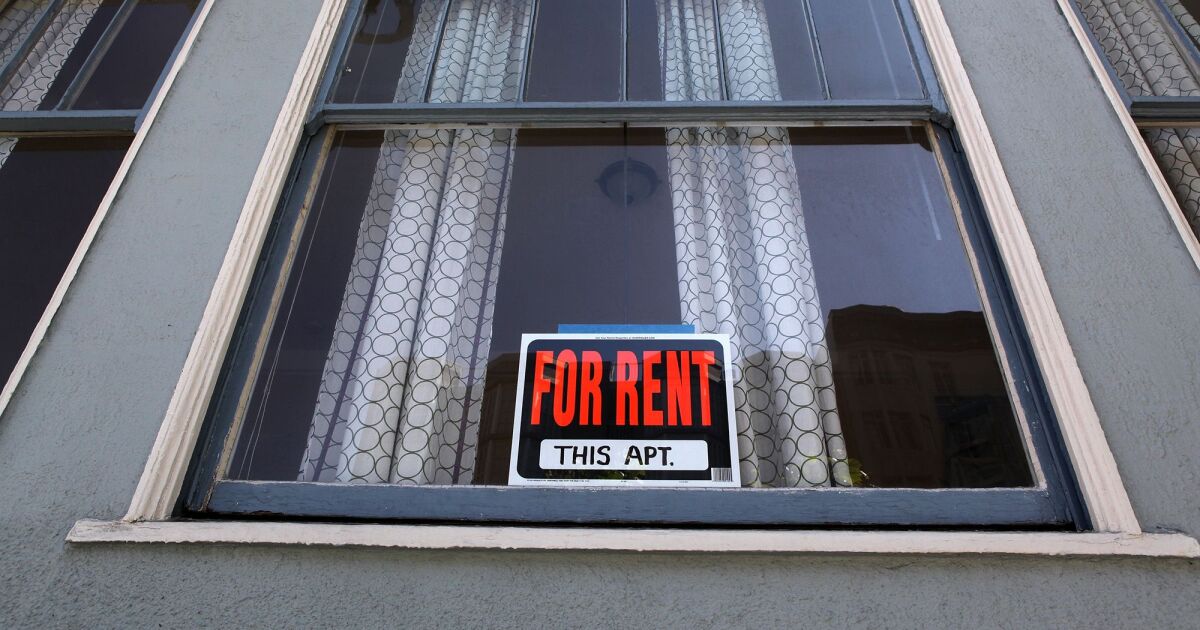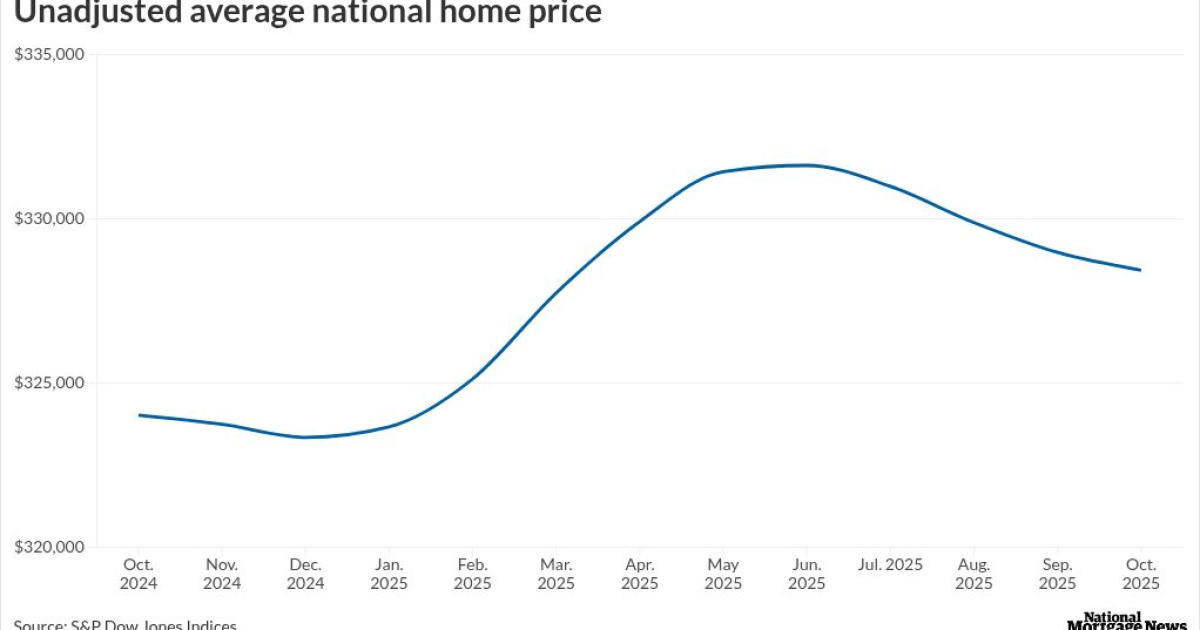
Following record growth last year, the median asking price to rent a property cooled in May as inventory outweighed demand, an analysis by Redfin found.
Year-over-year rent fell by 0.6% to $1,995, marking the largest annual decline since March 2020, the brokerage's report said. Rent prices on the West Coast took the biggest hit, falling 2.1% from the previous year.
The threshold for how much landlords can hike rent has been pushed down because the number of rentals on the market has grown notably since last year. As such, the first quarter of the year saw the rental vacancy rate go up to the highest level in two years, at 6.4%, Redfin's report said.
Many homeowners have chosen to rent their homes out instead of selling, opting to wait for the housing market to normalize and interest rates, which are currently in the 6.71% range, to go down. That pushed the number of rental properties upward but also contributed to the lack of inventory for sale across the nation.
"Many homeowners are deciding that instead of selling, they're going to renovate their current home or rent it out while they wait for the market to improve," said David Orr, a real estate agent for Redfin, in a written statement. "Some homeowners are likely waiting for housing prices to bounce back so they can make a larger profit when they do sell."
The brokerage also points to the availability of more multifamily housing now compared to last year. Year-over-year completed residential projects in buildings with five or more units rose 24.2% on a seasonally-adjusted basis to 400,000 in April.
Though the building boom is showing signs of slowing, with the number of permitted residential projects falling by 22.9% in April, a backlog of under-construction rentals remains that have yet to hit the market. This signals that rent prices have more room to fall, Redfin's report predicts.
A third reason for the increase in rental vacancies is because "fewer people are moving due to economic uncertainty, slowing household formation, still-high rental prices in many markets, and rising cost of other goods and services due to inflation."
The report points out that despite rents falling from a year earlier, the decline was a mere 2.8% below their August peak of $2,053.
But asking rents in some parts of the country are continuing to rise, such as in the Northeast that had a 5.4% increase in prices to $2,495 and the Midwest, which experienced a 4.9% increase in rent in May.
The cool down on the West Coast and the South is attributed to a correction of prices, which rose during the pandemic "as scores of people moved into places including Phoenix and Miami," Redfin's report said.
The West is also seeing rents decelerate quickly because it is building a lot of multifamily housing, which means landlords in some areas are grappling with rising vacancies.
Over 400,000 new non-single family homes were built in the West in the first quarter of the year, which is double the amount that other regions in the nation gained. Expensive West Coast tech hubs like Seattle and San Francisco may also be experiencing rent declines due to remote work and tech layoffs, the report said.
On the other hand, the supply of single-family homes continues to be at low levels.
A recent report published by the National Association of Realtors found that approximately 1.1 million homes were on the market at the end of April but just 262,580 could be purchased by those in middle-income households, a group that makes up slightly more than half of the U.S. population.



